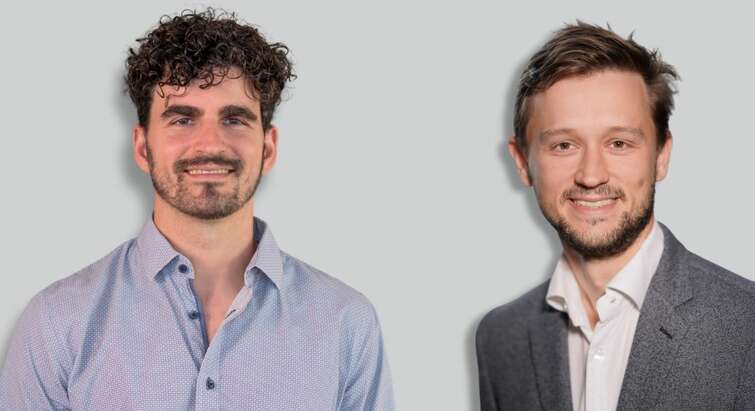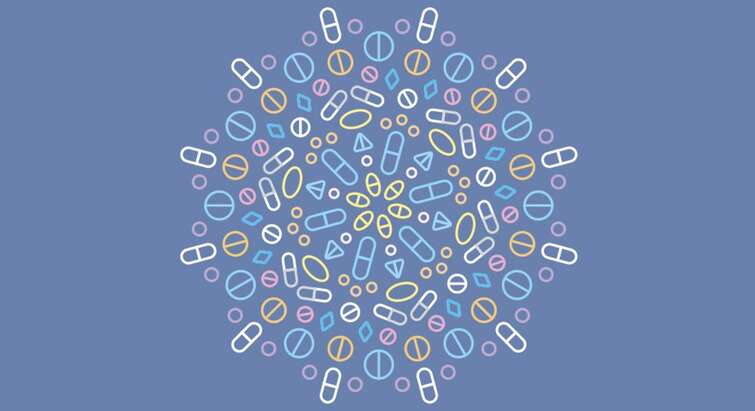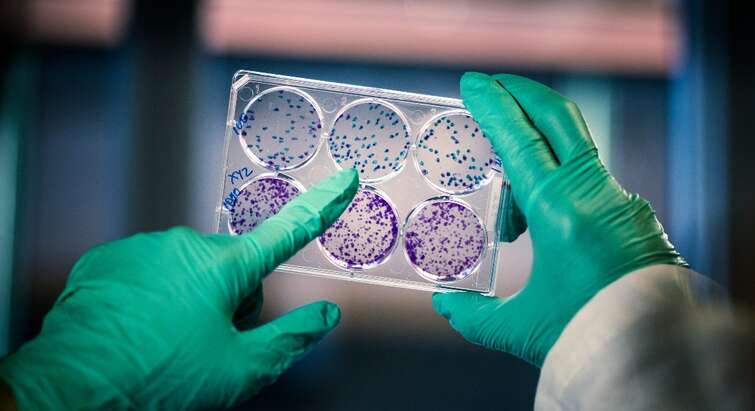
Structural biology of molecular machines in the Taylor Group
The Taylor Group is interested in explaining the structure and function of the complex molecular machines involved in the transport of molecules across cell membranes. This is important to better understand their biological role, and ultimately, to undertake their adaptation for biomedical purposes.

The Taylor Group works to uncover the function of the systems that transport (macro)molecules across cell membranes. We are specifically interested in bacterial viruses, also known as bacteriophages, which inject DNA and protein into host cells, as well as bacteriophage-related systems which can inject toxins into eukaryotic cells.
“We will expand this research to cover bacterial secretion systems, which eject macromolecules out of cells and into target cells. These often have a major impact on human health as they are important factors, being involved in bacterial movement, attachment and toxin injection,” says Associate Professor and Group Leader Nicholas Taylor.
In order to unravel the structure of these systems, the group uses cryo-electron microscopy (cryo-EM) as its main technique. Recent developments in the methodology makes it possible to uncover near-atomic resolution details of biological molecules in a near-native state.
A combination of cryo-EM with other biophysical and functional studies allows the group to obtain a complete picture of these systems.
Investigating human membrane proteins relevant to health and disease is a continued research focus, mainly through collaboration.
Torque generation mechanism of the bacterial flagellar motor
Santiveri et al., Cell, 2020
Cryo-EM structures of the stator units that powers rotation of the bidirectional bacterial flagellar motor. Uncovered that the rotary motor of the flagellum is actually powered by even smaller rotary motors (the stator units).
Structure and function of human multidrug transporters
Taylor et al., Nature, 2017, Jackson et al., NSMB, 2018, Manolaridis et al., Nature, 2018
First structure of a human multidrug transporter resolved in different states using cryo-electron microscopy. Revealed the organisation of the transporter and gave important clues towards its potential inhibition and working mechanism.
Understanding bacteriophage injection mechanisms
Taylor et al., Nature, 2016.
Revealed by cryo-electron microscopy the structure and organization of the baseplate of a contractile tail bacteriophage, one of nature’s most complex machineries and showed its structural transformation upon host attachment.
Staff list
| Name | Title | Phone | |
|---|---|---|---|
| Aritz Roa Eguiara | Research Assistant | +4535331826 | |
| Frederick James Oliver Martin | Postdoc | ||
| Haidai Hu | Assistant Professor | +4535321503 | |
| Leyre Marin Arraiza | Research Assistant | +4535328138 | |
| Monica Santiveri Saez | Research Assistant | +4535334858 | |
| Nicholas M I Taylor | Associate Professor - Promotion Programme | +4535335337 | |
| Nicole Rutbeek | PhD Fellow | +4535329248 | |
| Rooshanie Nadia Ejaz | PhD Student | +4535331098 | |
| Victor Klein De Sousa | PhD Fellow | +4535324537 |





